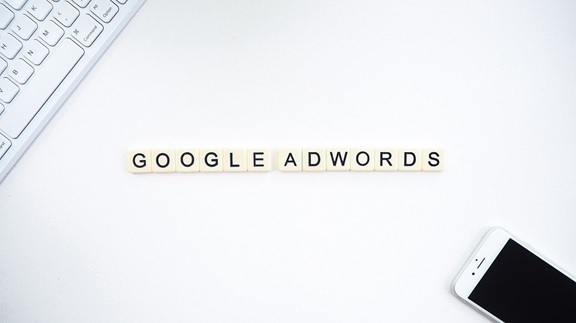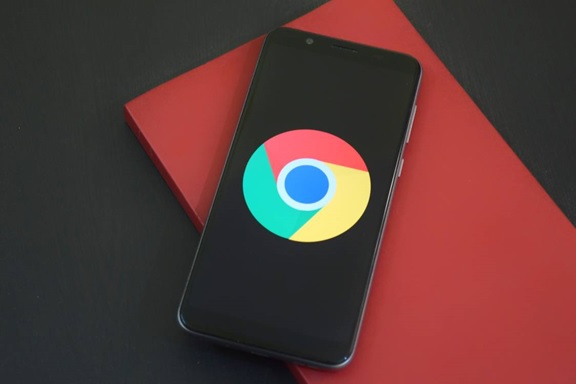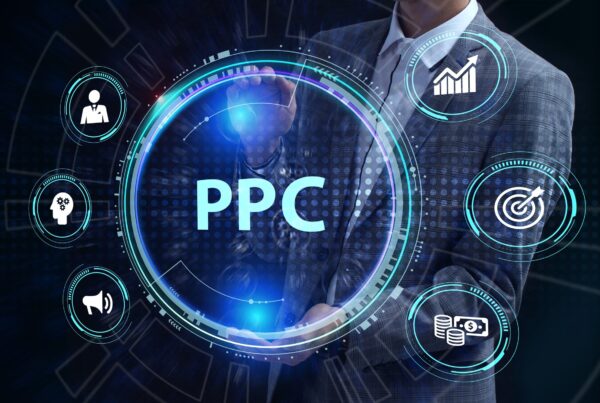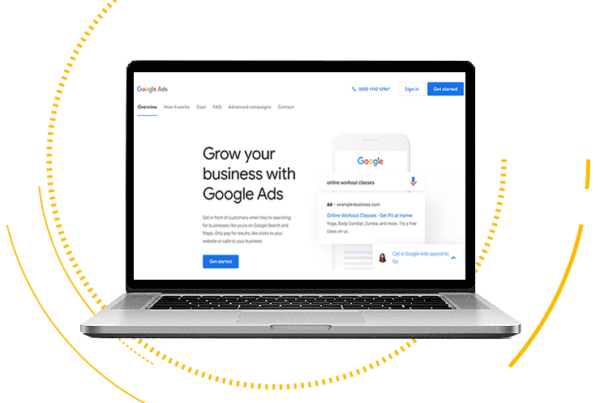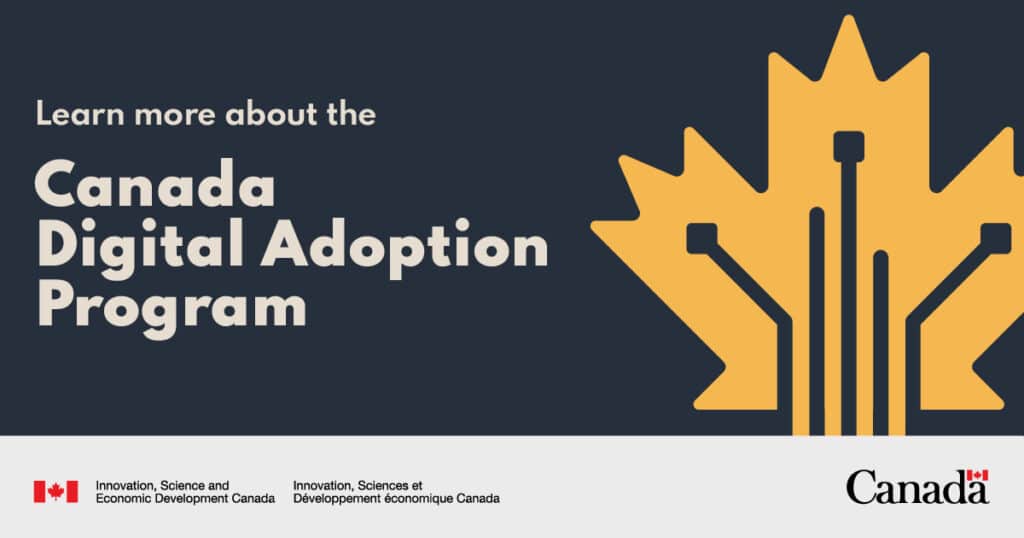Google is the number one search engine in the world. On average, it processes over 40,000 search queries every second, which translates to 3.5 billion searches per day.
The Alphabet’s biggest cash cow dominates the search engine market with more than 90% market share, and that’s mainly because it provides the most relevant search results to users.
Google isn’t only useful for people searching, or as most people say,”Googling,” for online content, but also for companies who want to promote their business.
Google AdSense is an effective tool that allows you to get in front of customers when searching for businesses like yours on their search engine.
If you’re interested in finding new customers online with a Google AdSense campaign, here’s a simple guide to setting up a campaign that will help you get started:
Organize your account
Over the years, Google interfaces have evolved. It allows users to easily setup their accounts. All you need is an email address and website for your business.
Even if you don’t have a website, you can use Smart campaigns to advertise on Google.
Google AdWords account offers two levels of organization: ad groups and campaigns.
Google AdWords campaigns represent broad categories of your business. For instance, if your company sells electronic items online,you can run a campaign for Mobile, Tablets, and Accessories.
On the other hand, the Ad group represents smaller, more specific products and services. You can use multiple ad groups for each category.
If you take the same example, you can create separate ad groups for mobiles, wearable technology, power banks, and different specific products for your campaign.
 Choose your keywords wisely
Choose your keywords wisely
The second and most crucial step to creating a successful Google AdWords campaign is equipping yourself with a list of keywords relevant to your target audience.
Using focused and specific keywords will allow you to deliver your ads to people who are interested in your products and services.
You should learn about your target audience and their online behavior to determine what keywords they are likely to use when searching for your product.
For instance, your business may sell gaming consoles, but your customers tend to refer them specifically by name, i.e., PlayStation, Xbox, Nintendo Switch, etc.
Now, if you run your campaign using the keyword “gaming consoles” and leave out specific console names, the ad will not reach to your potential customers.
 General and specific keywords
General and specific keywords
You can choose between general and specific keywords depending on your business’s objective for the Google AdWords campaign.
If your company only sells specific products like Dell refurbished laptops, you should use long-tail keywords to tailor the ad to the target market.
If you use general terms like “laptop,” your ad campaign will target people who are searching for Dell laptops and other brands like Acer laptops, HP laptops, and Lenovo laptops, etc.
Moreover, your website will also receive traffic from people who are searching for new laptops.
Therefore, you’ll be wasting a significant portion of your marketing budget to reach people who are not your target audience.
Now, if your company dealt with different brands of laptops, both refurbished and new, then a general keyword, say “new laptop,” would have been a suitable choice.
Negative Keywords
You can exclude specific keywords from your Google AdWords campaign using the “negative keywords” feature to improve the relevance of your ads further.
Your ad will not appear in search results for these negative words. Let’s tweak the previous example; imagine your company sells every brand of laptops except Dell laptops.
Putting “Dell” in a negative keyword will allow you to omit people searching for Dell laptops online from your Google Ad Campaigns.
This tool ensures that your ad is focused on the most relevant target audience and can play a crucial part in improving your conversion rate.
Geo-targeting
It’s crucial to geo-target your ads, so your Google AdWords campaign only targets areas where your business operates.
It ensures you don’t reach people who are not your potential customers, i.e., outside the scope of your service area.
For instance, if you’re a property appraisal company that serves the Vancouver area exclusively, leads from Ottawa aren’t valuable for you.
Using keywords with a location, like “property appraisal Vancouver,” for example, will help target the specific audience you’re trying to reach.
Keyword Match Types
You can use keyword match types to refine your ad further.
- Broad Match: A default setting that shows your ad for searches that contain your keywords in any order.
- Broad Match Modifier: Certain words must show up in a user’s search to display your ad. For this option, add a plus sign before the keywords.
- Phrase Match: The ad will only show if someone searches for the exact word. For this option, add quotation marks around the keywords.
- Exact Match: Shows ad for searches that contain the same keyword or phrase.For this option, add brackets around the keywords.
- Negative Match: Exclude undesirable words or phrases (explained earlier). For this option, add a minus sign before the keywords.
You can check a detailed guide about keyword matching options on Google’s support page.
Write Your Ad
Writing Google AdWords is an intricate task because you need to cramp your ad copy into a small space and make sure it mirrors your business’s end goal.
A well-written and a keyword-optimized ad will bring you higher click-through rates and conversion rates, which should be your objective when running ads online.
Your ad copy gives the first impression of your business to prospective customers, and it lasts. So, make sure you communicate the right message.
Use an impactful headline with power words to grab your audience’s attention. If you are using ad groups, create unique ads for each group.
It will ensure your ad is delivered to the relevant audience and improve your Quality Score. Higher quality ads can lead to lower prices and better ad positions.
Your ad copy should be concise and eye-catching. Get the copy proofread to avoid grammatical errors and spelling mistakes, which can ruin your ad score.
Finally, you should include a call-to-action in your ad. Phrases like “Avail your discount today” or “Shop now” can tempt more people to click your ad.
 Prepare Your Landing Pages
Prepare Your Landing Pages
Once you have your ad copies ready, set your landing pages to redirect potential customers to relevant pages of your website.
A landing page’s main idea is to facilitate the user’s journey and help them find what they’re looking for without any hassle.
If you provide services, you may design a specific landing page with videos or rich-media content with unique selling points to encourage visitors to hire your services.
If you’re promoting a specific product or discounted item, you may create a dedicated landing page and include key selling points to market your offering.
Alternatively, you may choose the advertised product category as a landing page to help customers select their preferred product and check out.
Here are some tips for creating an effective landing page:
- Keep your navigation simple
- Make good use of colour psychology
- Create compelling copy
- Use graphical elements
- Add a prominent call to action.
Furthermore, make sure your landing page is optimized for mobile devices.
Mobile accounts for approximately half of the web traffic worldwide, and it’s slowly becoming the number one source of online traffic on websites.
The last thing you’d want is to make all the efforts to provide a poor user experience to half of your potential customers. We don’t want that.
 Set Your Budget
Set Your Budget
Finally, before you start your Google AdWords campaign, you need to decide how much money you’re willing to spend on advertisements.
You can choose from two different settings: daily budget and bids. The budget allows you to set a specific amount of money you want to spend each day.
On the other hand, the bid is the amount you will pay when someone clicks on your bids.
When you’re just getting started, it’s recommended to set a budget to test the waters and determine your campaign’s performance.
Google AdSense gives you an option to set different budgets and bids for each campaign, depending on your business goals.
For instance, if you want to promote your clothing products for one month, you can tweak your campaign to allocate a higher amount to that campaign.
Similarly, if you want to promote electronics the next month, you can increase the budget for that campaign and lower the other campaigns’ budget.
 Connect Your Account To Google Analytics
Connect Your Account To Google Analytics
Google Analytics is a free tool that provides insights into the performance of your ads. It’s a highly efficient tool that helps understand user behavior and optimize your ad.
For instance, you can see how many people visit your website and leave immediately. If the number is low, you can adjust your ad settings.
It will not only help you choose the right budget, but also enable you to trouble issues pertinent to your ad campaign, landing page, or both.
Congratulations! Your Google AdWords Campaign Is Ready!
All you need to do now is to get started and monitor their performance to determine how they perform.
We highly recommend keeping tabs on campaigns and keywords to figure out which strategy brings you the most click and conversions.
It will allow you to optimize your ads more effectively and get a higher return on investment from your advertisements.
Mediaforce Offers Expert Digital Marketing Services
If you want to launch a successful Google AdWords campaign to grow your business, get in touch with Mediaforce today!
We’re a leading digital marketing agency that provides data-driven, growth-centric, smart-marketing solutions to clients in Ottawa, Vancouver, Toronto, and New York.
Our company provides a wide range of digital marketing services, including SEO services, PPC marketing, social media marketing, and more.
We also provide high-quality web design services to help clients design functional and highly responsive websites that maximize their conversion rates.
Our experts leverage industry-specific digital marketing strategies to create effective and innovative ad campaigns to deliver the best results.
Call 613-729-0500 to get started.


